Interested in joining a lab? Read through the various specialties, pick some that look interesting to you, decide which research option is best for you.

- Field research: Identify how environmental change, stress, or disease impacts microbial communities in aquatic habitats.
- Computational biology: Examine metagenomic “big data” to understand disease ecology in coral reef habitats.
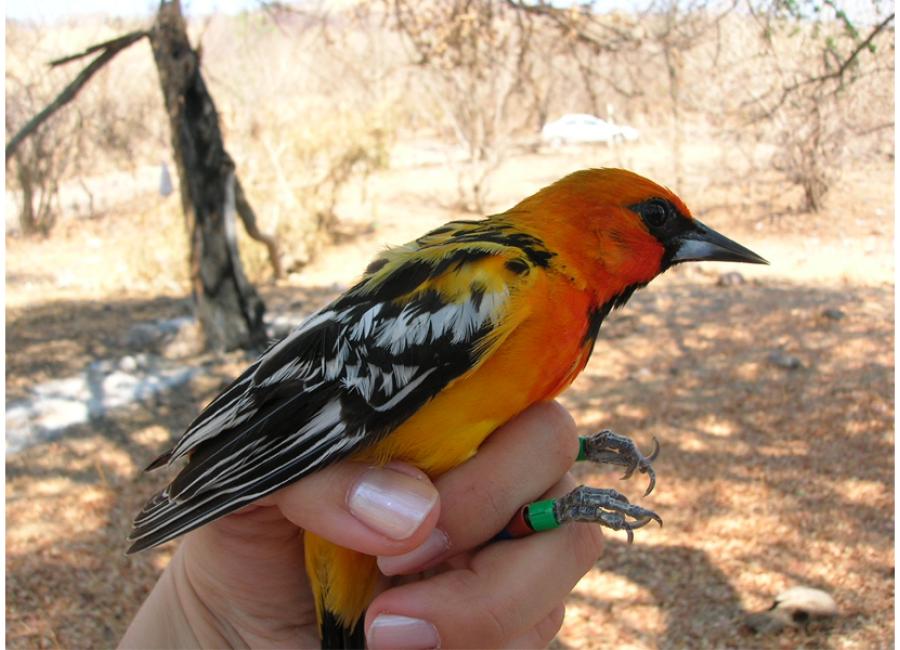
-- Field of molecular ecology--I am particularly interested in the role that past or present geographic barriers play in the evolutionary history of species, emphasizing their phylogeography, genomics and conservation.
-- Song variation between populations of closely related bird species

--Primate Genetics Lab: Determining social kinship, reproductive skew, population genetic structure, and antibiotic resistance genes in mantled howler monkeys.
--Field Site in Costa Rica: Determining factors contributing to primate population decline; implementing conservation management strategies.
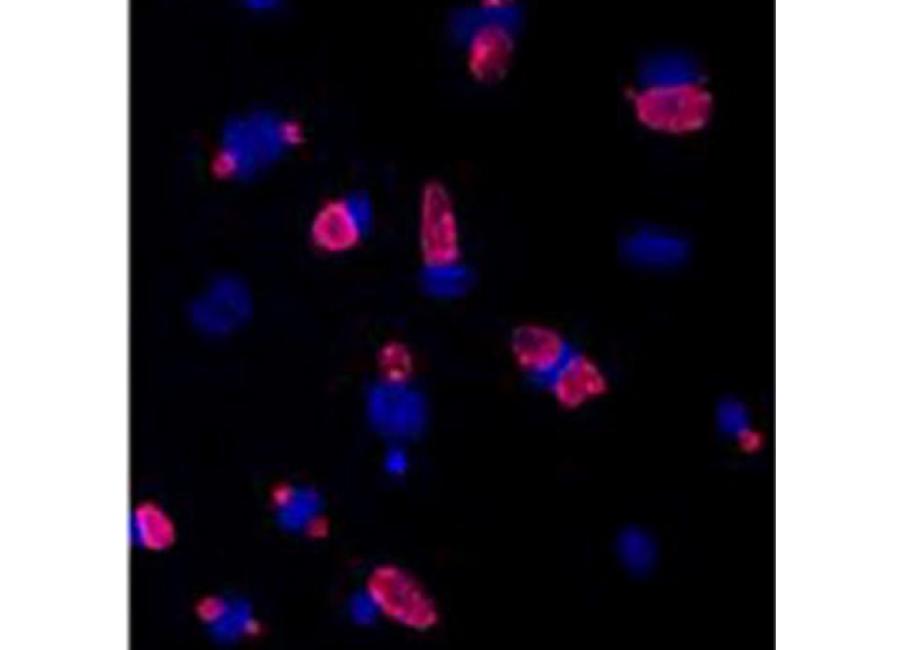
-- Compare, via in silico identification, virulence factors which are unique to Chlamydia species and allow for host adaptation
-- Create Chlamydia virulence factors fusion with fluorescent proteins via in vitro moleculer cloning
-- Contrast spatial and temporal regulation of Chlamydia virulence factors via in vivo over expression during infection and "immunity".
-- Develop hybrid Chlamydia strains for in vivo screening of increased/decreased host specificity
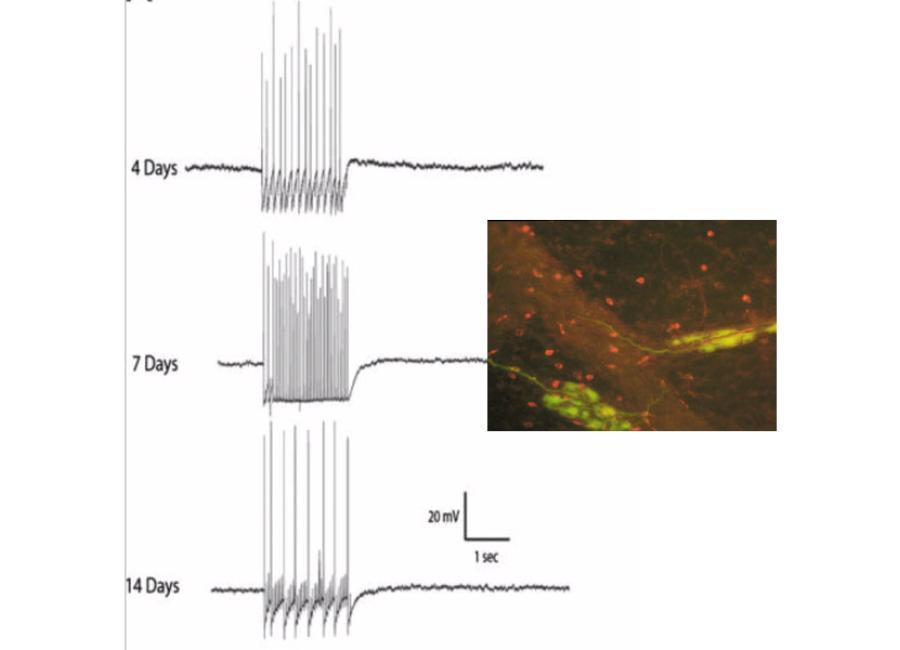
-- Electrophysiological characterization of individual neurons in the cardiac ganglion
-- Analysis of changes in neuronal gene expression using PCR and immunohistochemistry
-- Biochemical analysis of changes in protein levels using Western Blot analysis
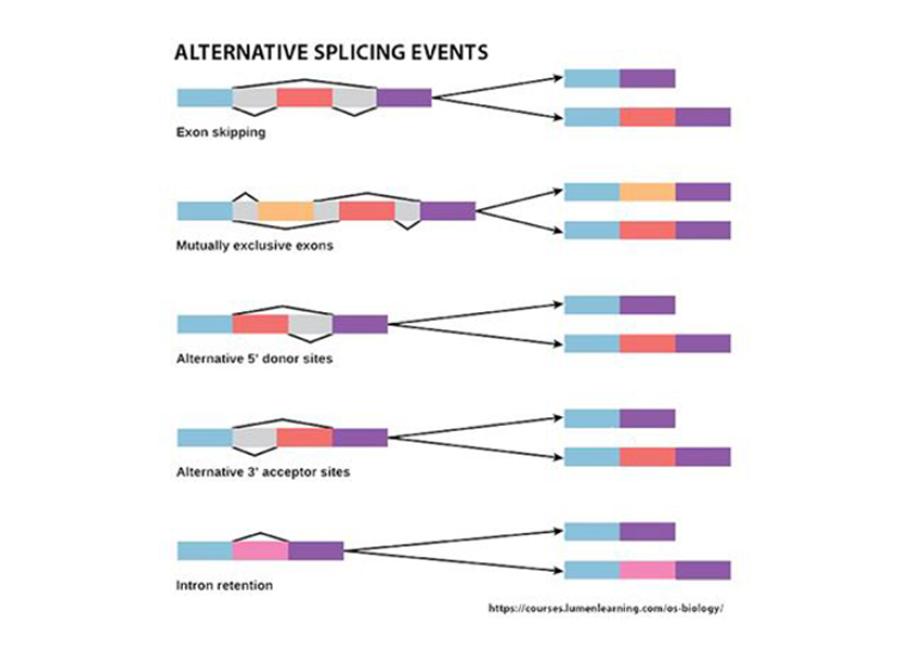
How are genes turned on and off?
--Identifying factors involved in splicing via high throughput screens
--Cloning a library of mutants via complementation
--Identify mutations in factors involved in splicing by whole genome sequencing
--Examining the role of RNA polymerase C-terminal domain in regulation via mutagenesis
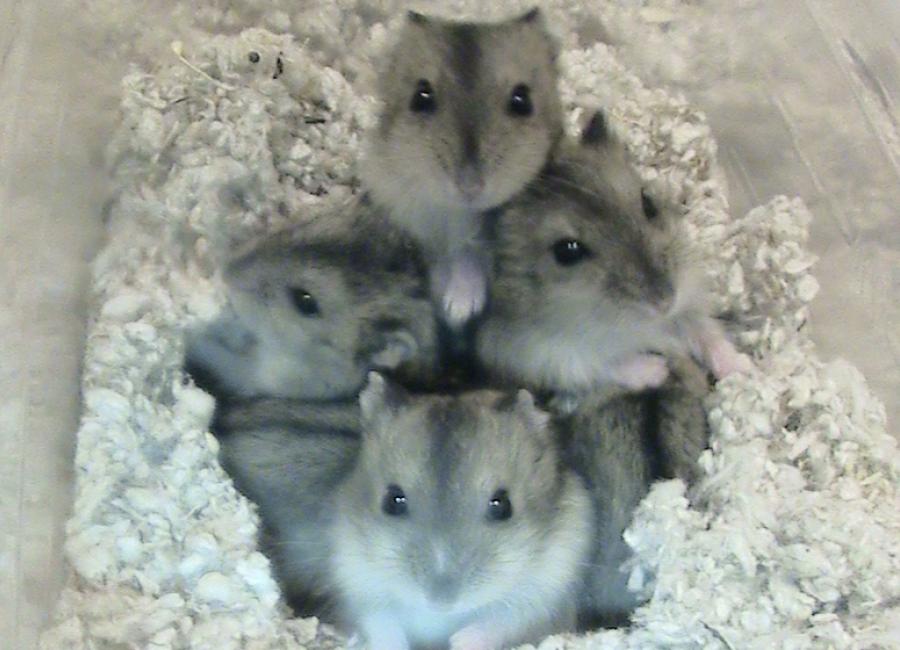
Animal personality and environment shaping animal movements
-- Lab: personality of dwarf hamsters influencing social and foraging behaviors
-- Field: wildlife personality in urban vs rural landscapes
-- Field: habitat use and movement of mammals and amphibians
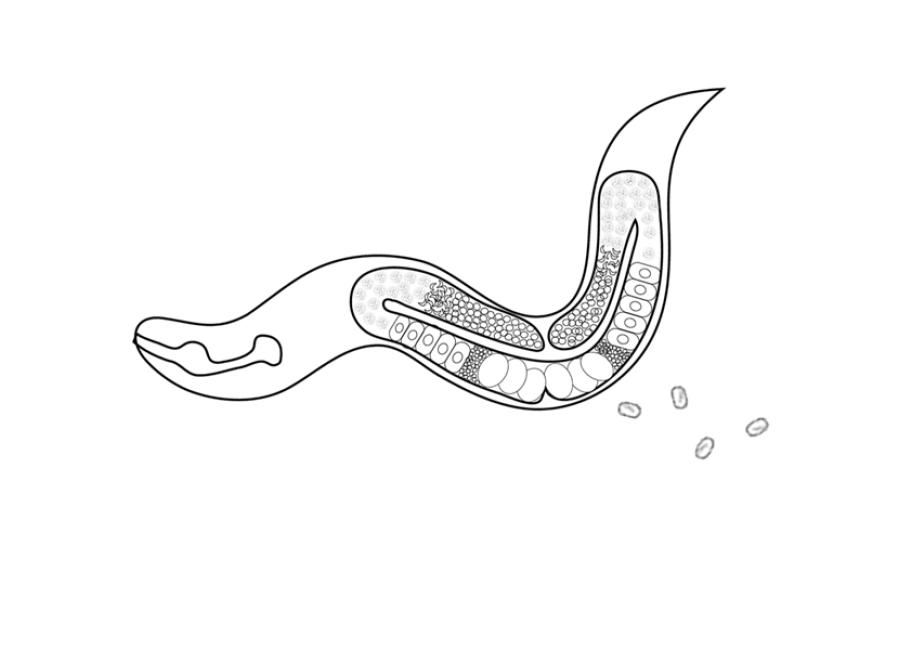
-- Understanding protein signaling specificity and how developmental processes evolve.
Learn more about the Lo Lab.
Learn more about the Woods-Lo Lab tardigrade collaboration.
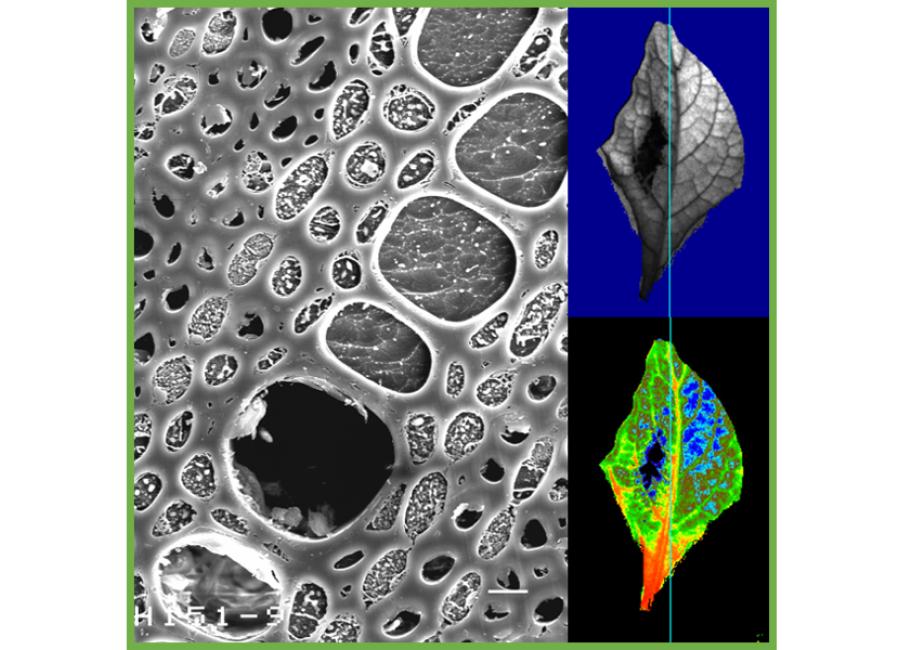
Investigations on plant responses to the environment.
Current focus on:
-- Impacts of introduced species in Puerto Rico
-- Adaptations to seasonal freezing and drought
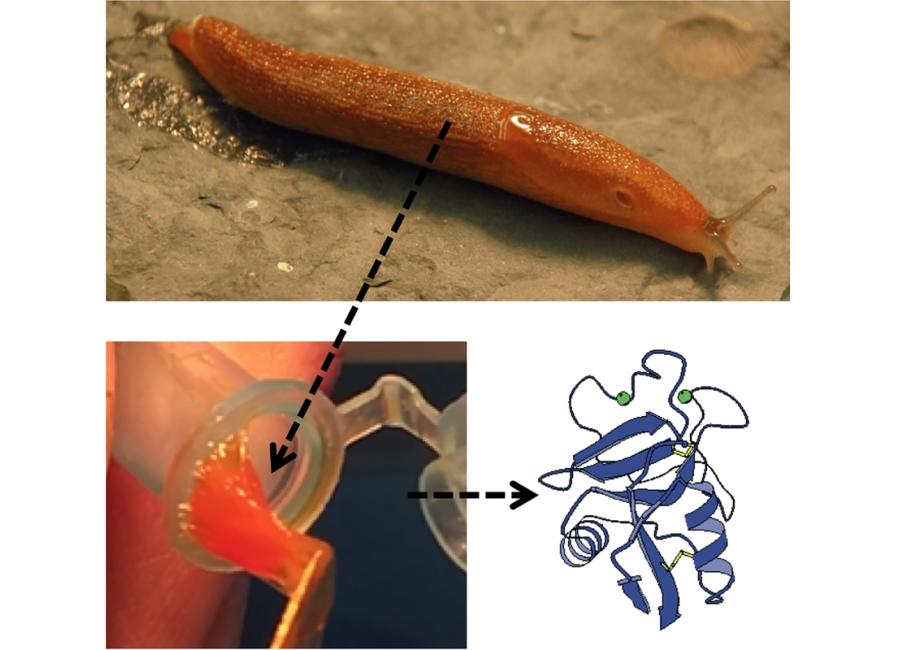
How animal glues work: guiding the development of bioinspired medical adhesives
-- Characterize the components of a biological secretion that forms an unusually tough glue
-- Determine how different proteins and metal ions create toughness and adhesion in this glue
-- Use this information to synthesize a novel tissue adhesive
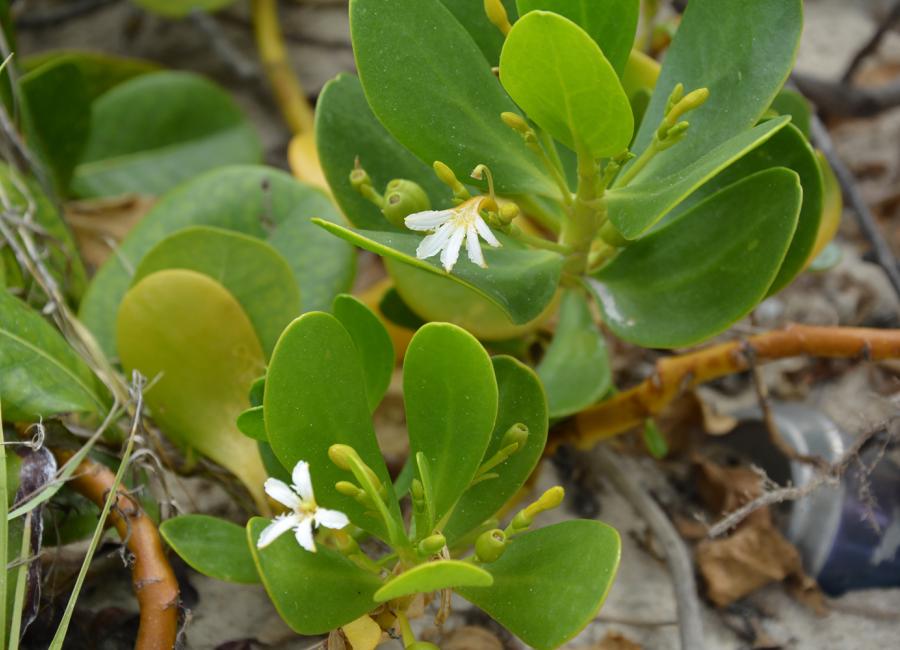
Research on Puerto Rican Fan Flowers:
- Pollination Biology
- Genetic Diversity
- Impacts of Invasive Species on Islands
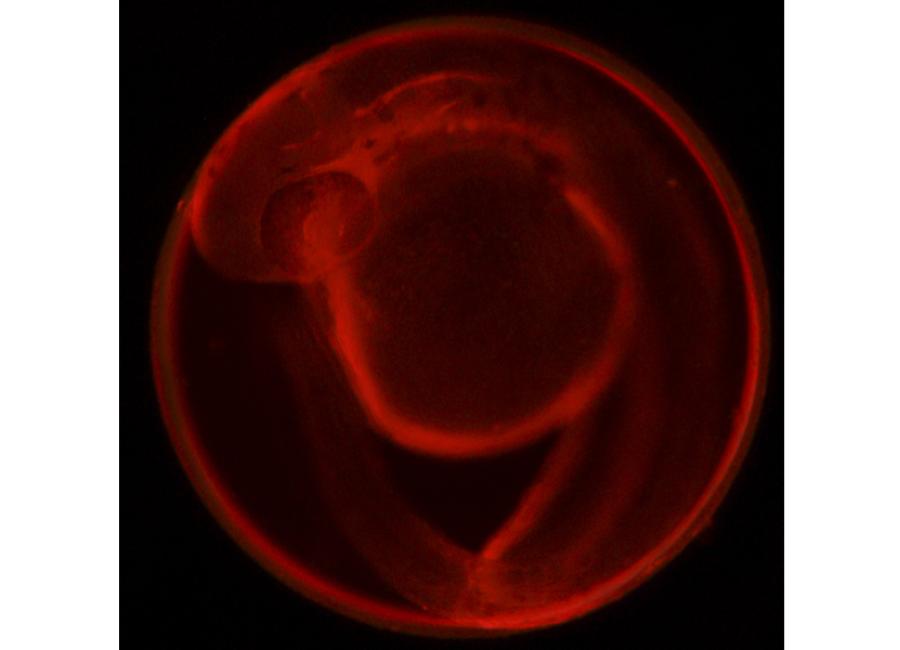
Computational & Developmental Bio
-- Computational biology: learn and apply bioinformatics and programming skills to genome-scale analyses in humans and model organisms
-- Developmental biology: analyze the roles of genes acting in sensory neuron development and tissue regeneration.
Also, Learn more about the Woods-Lo Lab on tardigrade collaboration.